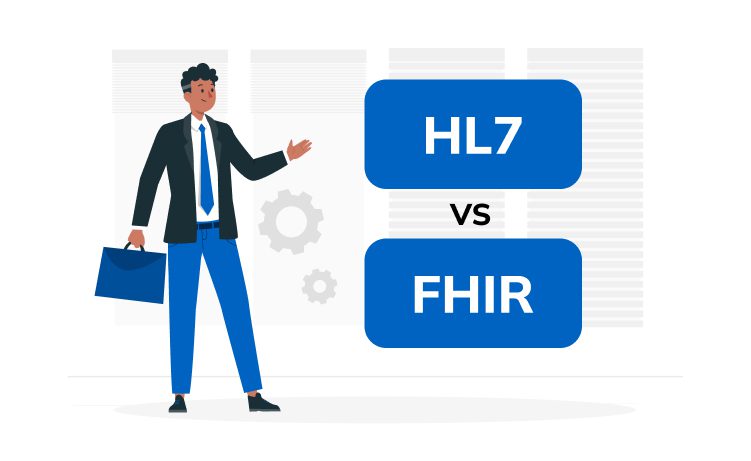
FHIR vs HL7 v2: Key Difference in Healthcare Data Exchange Standards



Healthcare services have undergone significant changes in operational processes over the past 20 years. Traditional paper accounting has been replaced by modern software and web systems. As of 2020, the market for digital universal systems for medicine exceeded $13.9 billion, and according to Statista in 2025 the total cost of EHR/EMR systems will exceed $38 billion.
Despite the growing popularity of digitally transformed medicine, providers of this type of service still have to compare FHIR vs HL7. What are their features, and how do these types of protocols differ from each other. But still, the main question of the majority of those who want to release their IT solution to the market is what protocol is best for developing modern medical systems? Glorium Tech experts answer.
Content

The global market for digital healthcare systems and medical services is developing with a CAGR value of 17.4%. According to the forecasts of the analytical group GM Insights, the total value of this segment in 2027, compared to 2021, will increase by $285 billion, from $141.8 billion to $426.8 billion
To release IT systems of modern format for medicine requires compliance with several conditions:
Since these requirements are mandatory for all IT solutions, developer accreditation is required to implement them. Having experience in the medical field is an undeniable plus, but understanding the structure and peculiarities of the protocol will practically be the deciding factor when choosing a contractor to release a special app, a web resource, or even a standalone internal system.
To find a reliable performer, an entrepreneur should learn about the features of protocols and the key differences between them. Only this way will they be able to formulate the requirements for the developer and the final IT solution for their medical facility.
Let’s briefly consider both options and compare them.
This is the app layer of the ISO model, intended for interchange between components of apps, systems, or even separate software solutions at the OSI system or process level. The second version of the protocol, or v2, is the most favored by healthcare or medical care providers around the world, surpassing even the more recent HL7 v3 in popularity.
Glorium Tech is also engaged in the creation and adaptation of protocols, as well as modern IT systems on the beloved by many HL7 of all revisions.
The key goal of the HL7 protocol is to simplify the interaction between software systems, and individual systems and standardize formats for the exchange of digitalized data.
Processing appointments, issuing prescriptions, invoicing, editing electronic records, visiting schedules, etc. involves the use of dozens of stand-alone apps or web systems. It is thanks to HL7 that the process of delivering digitalized information about customers, records between them is reduced to reading and writing ASCII encoding by frameworks.
FHIR is an organic replacement for more focused protocols. It is based on the familiar HL7 V2, HL7 V3, and CDA, with all components and modules. The key benefits of FHIR are the use of RESTful as the basis for more modern communication interfaces and information exchange formats, such as XML or JSON, as well as RDF. Experts from any industry in the field of creating IT products and systems can work with them, which greatly simplifies and even speeds up the search for contractors to create specialized products.
The functionality of FHIR not only includes all the features of previous revisions of HL7 but even goes beyond them. For example, the protocol was created to universalize the templates and formats of electronic records and data, as well as for its implementation in mobile apps. But the potential of this solution has made it possible to use FHIR in most medical institutions for the exchange of information and data, even in web-based systems.
FHIR is not limited to supporting current markings and types of documentation. With the right approach, it can be made a versatile tool for information processing and exchange. Even providing full interoperability is a huge advantage over its predecessors that sets it apart from its competitors.
Since it is a direct successor of HL7 and all its revisions but has a slightly different structure, it can be adapted to interact with all current data formats, be combined with existing solutions, or optimize this protocol for the requirements of specific management and journaling systems for medical information, client records, case histories, etc.
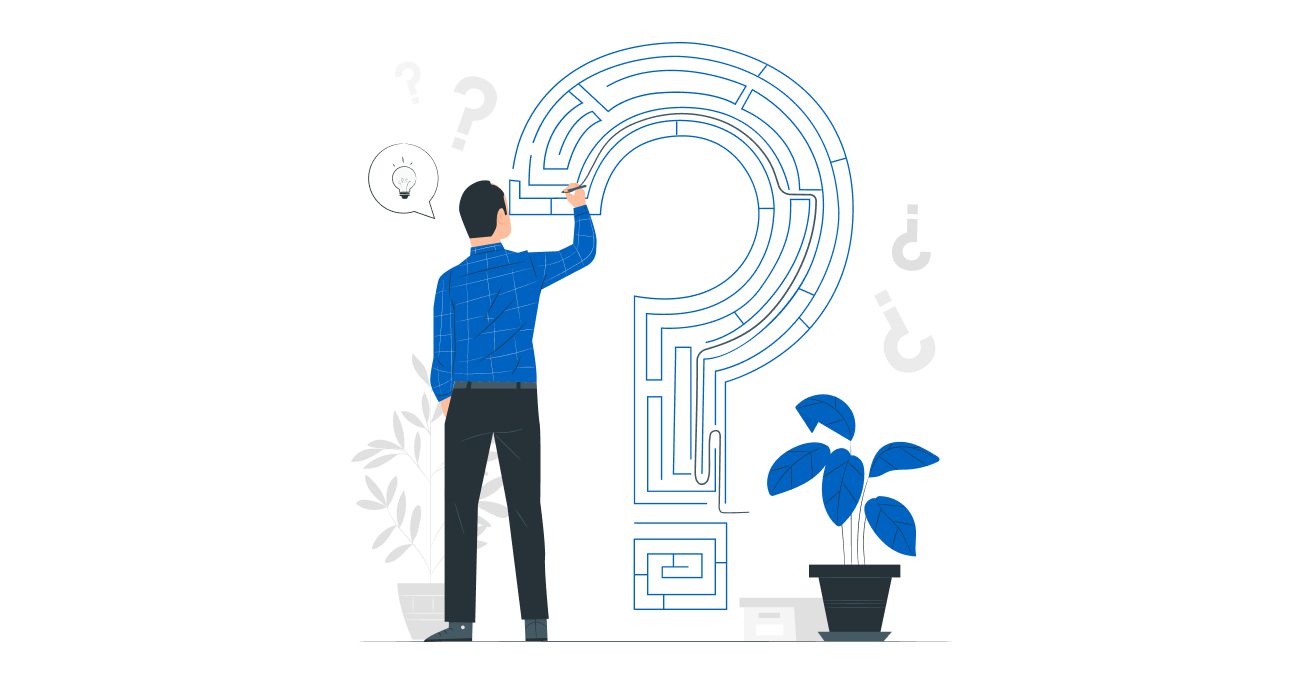
It is more sharpened to current and rather strict requirements for processing various sources of information, records, and data and is much easier to adapt both to systems when developing from scratch, and to ready-made IT solutions that work on older and simpler versions of standardized communication and information exchange protocols.
It allows you to handle any of the supported types of data formats by converting between them. The protocol also meets all basic security requirements and virtually eliminates the loss of confidential client base data when exchanging between systems.
As practice shows, not all organizations can quickly migrate to FHIR from HL7 v2 or v3. And there are 3 main reasons for that:
If the described challenges do not scare you, then moving systems from HL7 to FHIR is the best solution, since HL7 is technically outdated, and FHIR has a reserve of potential for further development.
Today’s challenges require a state-of-the-art approach. It is FHIR that is the base in healthcare IT solutions. It can be used to implement a current type of information exchange – SMART ON FHIR, which meets all the requirements of personal data protection and has a flexible structure for synchronizing databases and systems of almost all types and structures. It can also be used to maximize the interoperability of all processes thanks to the full synchronization and adaptability of the protocol.
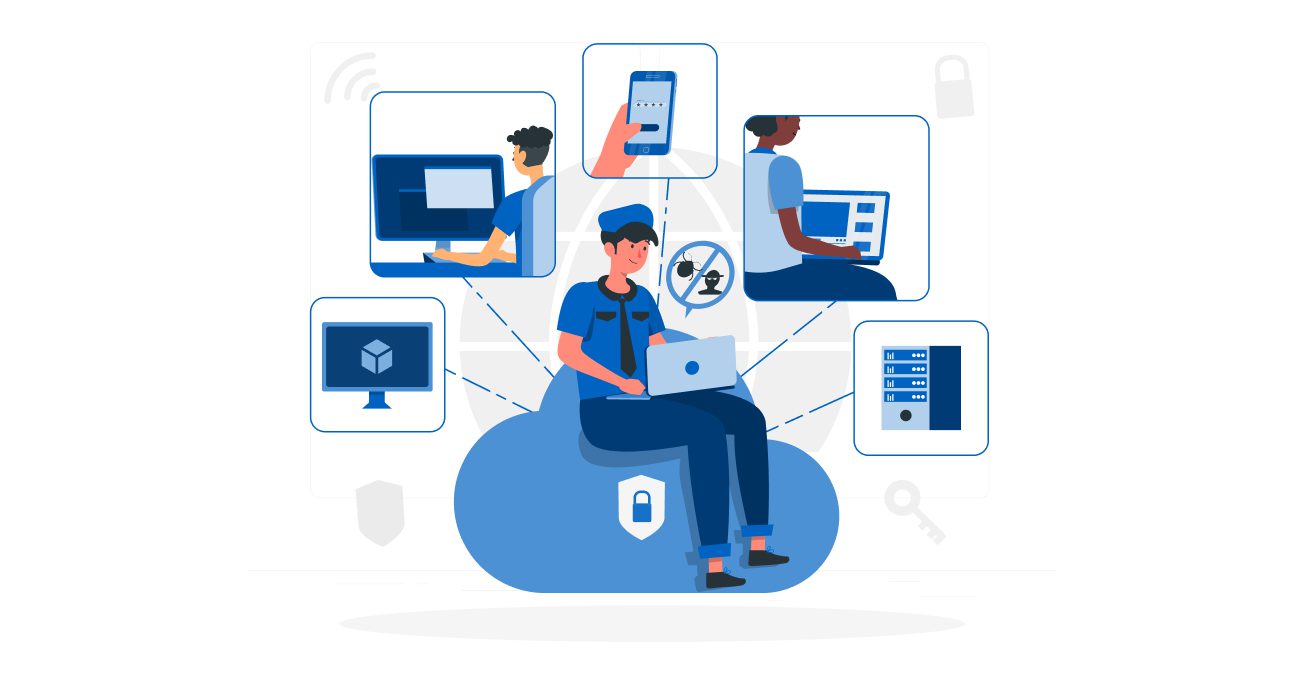
Advanced technological solutions for healthcare services require a modern approach and experience on the part of the developers. It is also important to understand the seriousness of the project and to have the necessary certifications and tools. If you work with dishonest contractors, you risk losing your budget by not releasing an app or service due to negligence. Trust only the industry leaders! Save your investment, time, and nerves.
If you have already decided to develop a modern IT solution for digital medicine and have chosen the FHIR protocol as a data exchange standard, please contact our manager for advice or ordering development services. By cooperating with Glorium Tech, you get trending technologies, quality assurance, and 24/7 support.
These are medical protocols for data exchange. They are intended to universalize information formats and protect user privacy. As a rule, these standards are mandatory in digital products for the healthcare industry.
GDPR and HIPAA require healthcare providers to incorporate current versions of these protocols into their digital solutions. Also, in some cases, they prefer the more modern SMART on FHIR standard, which combines the best qualities of FHIR and HL7 in a single protocol.
It depends on the specific product, the target providers, and their digital systems. Because HL7 was introduced earlier, it is technically considered obsolete, although many healthcare providers in the U.S. still use it.
FHIR and its more advanced counterpart SMART on FHIR, are based on the same HL7 v3 platform. Unlike its predecessor, they look more comprehensive and provide the highest level of privacy protection of any current solution.
We recommend using SMART on FHIR protocol and transferring partners to it.
As a rule, projects for healthcare are more expensive than similar projects for all other business areas. The increase in cost is due to various factors, such as the use of more modern ways to protect software and user data, the large number of certifications and licenses, and the complexity of implementing some algorithms.
The average digital product with basic functionality costs customers about $50,000 per release for the MVP version. The timing of the release varies and ranges from 6 to 12 months. If we’re talking about a full-fledged version of an IT solution, its development can reach $1 million and take up to 3 years to complete.
Yes, if you want to be able to use your software for its intended purpose. The point is that your digital product will not be certified if it does not support FHIR or HL7. This means that you won’t be able to publish the app in the store or provide services with it.
Because of privacy concerns, a regular app cannot be used in the healthcare industry because third parties could steal the personal data of users or the provider company for illegal benefit. This is why the industry is so strictly controlled and requires FHIR, HL7, GDPR, HIPAA, and other standards.
Our company has worked in the healthcare market for over 12 years. During this period, we have implemented more than 100 projects for the industry with a 99% success rate. In our digital products, we use all available data protection tools, implement SMART on FHIR, HL7, and FHIR protocols, and adhere to HIPAA, GDPR, and other standards required for software licensing.
We also have certified accounts in the AppStore, GPlay, HuaweiStore, and others where digital products for mobile devices are published. This allows you to reduce the waiting time for moderation to 1-2 days and release the product faster than publishing on your own.

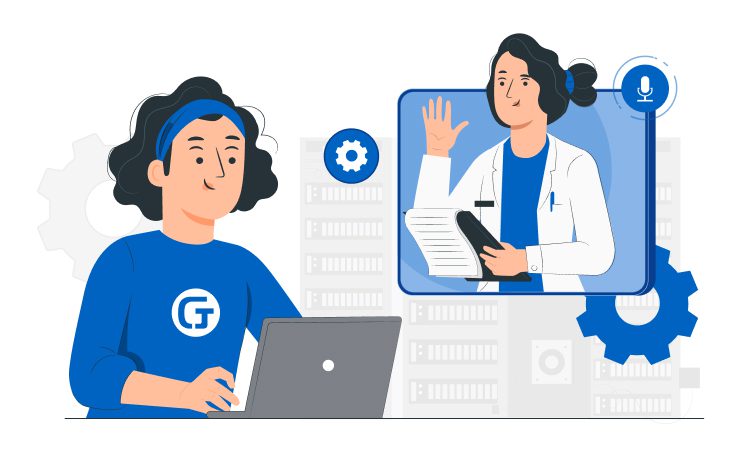
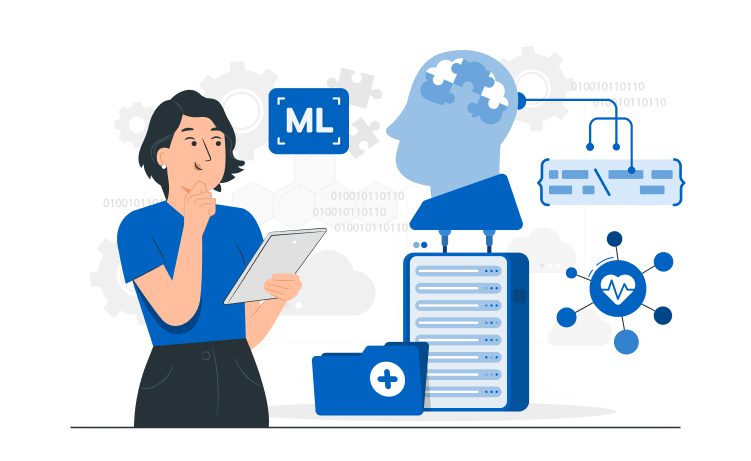
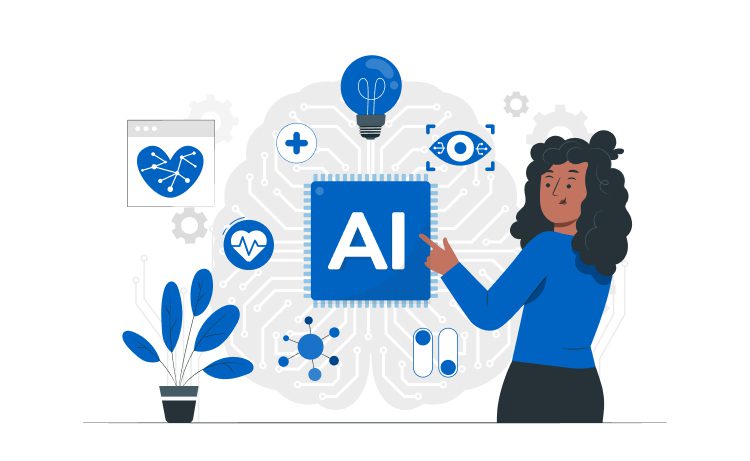
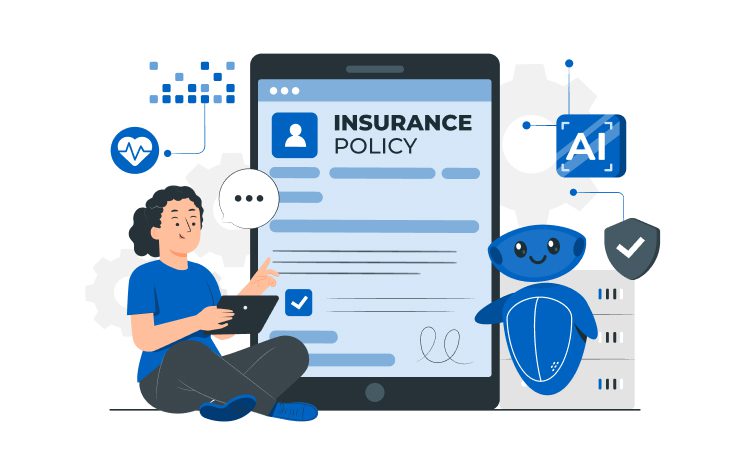
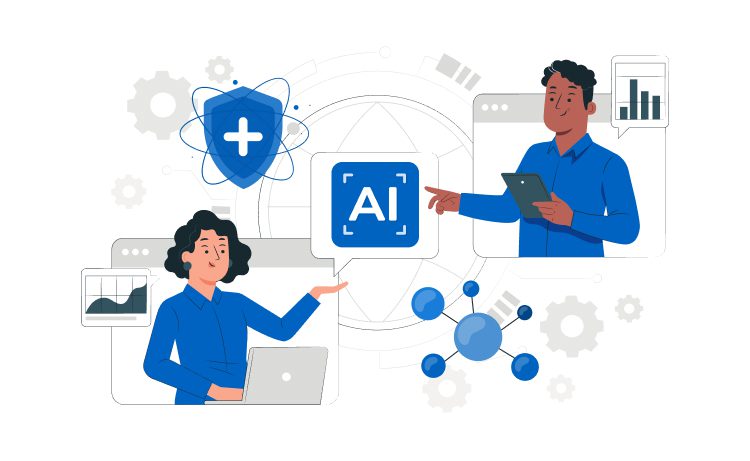
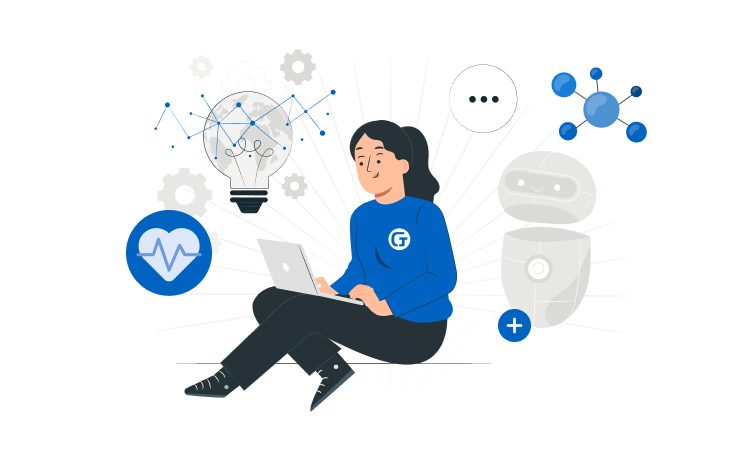

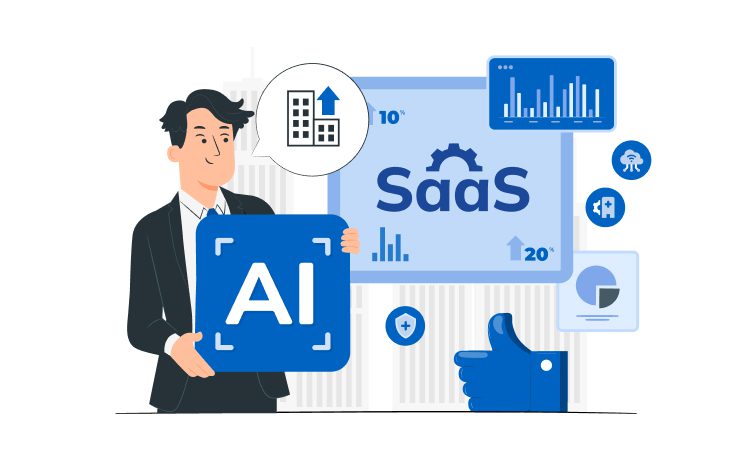
| Cookie | Duration | Description |
|---|---|---|
| cookielawinfo-checkbox-analytics | 11 months | This cookie is set by GDPR Cookie Consent plugin. The cookie is used to store the user consent for the cookies in the category "Analytics". |
| cookielawinfo-checkbox-functional | 11 months | The cookie is set by GDPR cookie consent to record the user consent for the cookies in the category "Functional". |
| cookielawinfo-checkbox-necessary | 11 months | This cookie is set by GDPR Cookie Consent plugin. The cookies is used to store the user consent for the cookies in the category "Necessary". |
| cookielawinfo-checkbox-others | 11 months | This cookie is set by GDPR Cookie Consent plugin. The cookie is used to store the user consent for the cookies in the category "Other. |
| cookielawinfo-checkbox-performance | 11 months | This cookie is set by GDPR Cookie Consent plugin. The cookie is used to store the user consent for the cookies in the category "Performance". |
| viewed_cookie_policy | 11 months | The cookie is set by the GDPR Cookie Consent plugin and is used to store whether or not user has consented to the use of cookies. It does not store any personal data. |